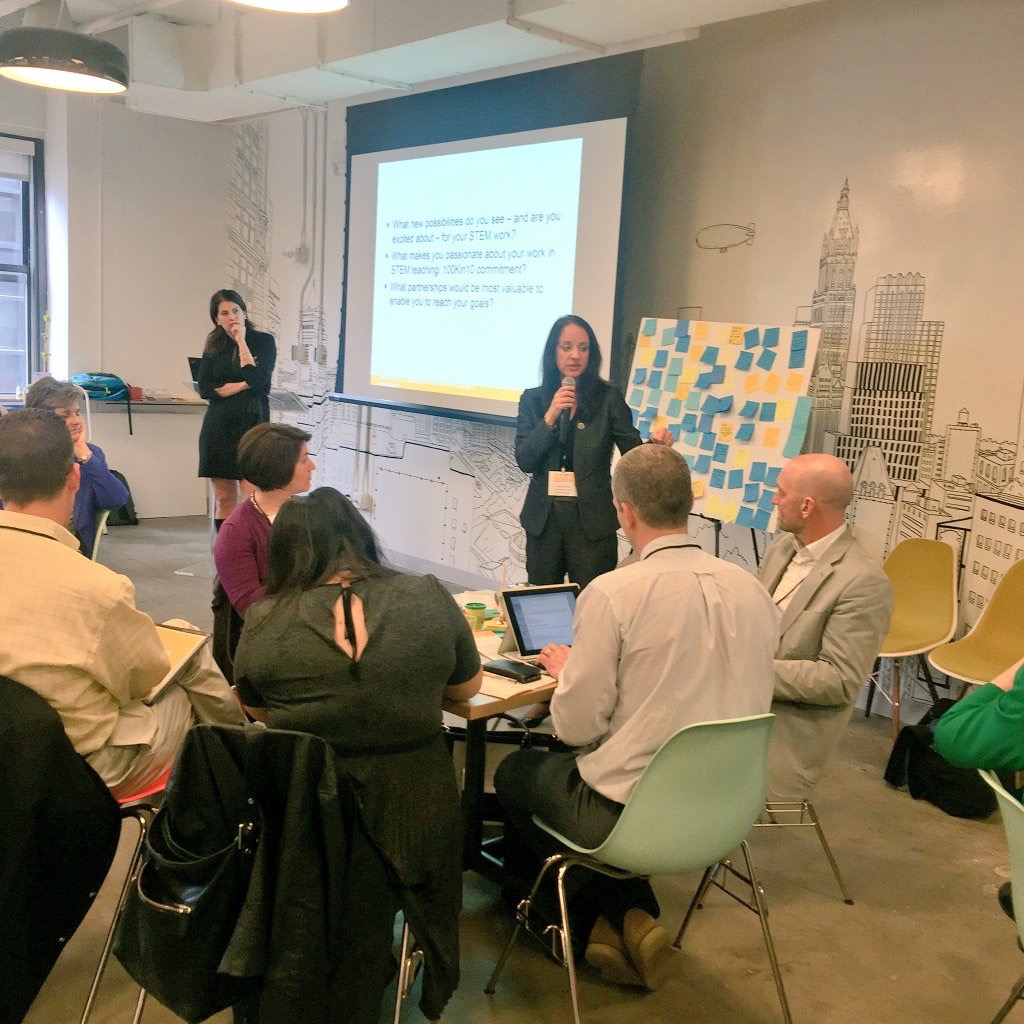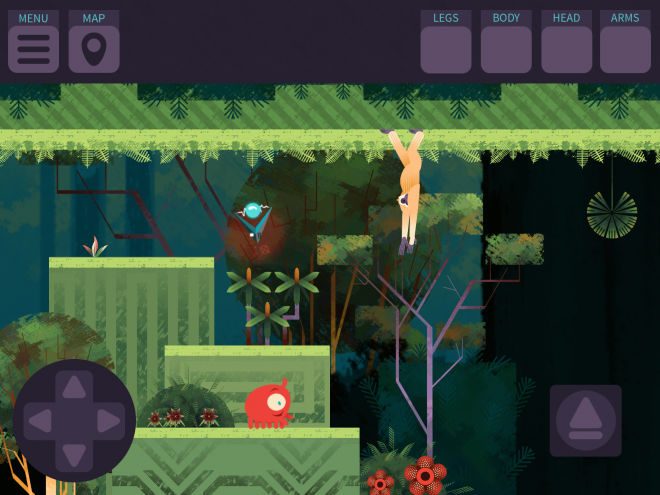March 2016
HISD just completed a five-year study with the Smithsonian Science Education Center (SSEC), and the lessons learned from it will be benefitting HISD students for years to come.
March 2016
HISD just completed a five-year study with the Smithsonian Science Education Center (SSEC), and the lessons learned from it will be benefitting HISD students for years to come.
Tami McDonald is the Colorado Regional Coordinator at the SSEC. Her office is located at the Denver Museum of Nature & Science. Her main responsibilities include: 1) building awareness for science education among leaders, 2) helping develop science education leadership among groups from school districts and states, 3) conducting professional development programs to support the professional growth of teachers, and 4) developing and disseminating information about exemplary science instructional materials.
“Are we there yet?”
Even people who love road trips will occasionally get bored during a long drive. Cutting down travel time helps to make traveling to different parts of the world easier and more accessible. There is a lot of interest in exploring technologies that can make travel fast and safe. A vehicle known as a maglev train is one type of transportation technology that seems to hold a great deal of promise in that respect.
March 22, 2016
In this NSTA webinar we will share results from a recent 5-year rigorous i3 study of our Leadership and Assistance for Science Education Reform model and discuss the role of the instructional leader in the changing STEM landscape.
Read more at http://learningcenter.nsta.org/products/symposia_seminars/EM...
Join us for a behind-the-scenes look at the science and research of the Smithsonian Institution. Each video in this series is designed for use in the classroom by highlighting a driving question and following Smithsonian scientists as they go about the process of science. Viewers are taken from the waters of the Chesapeake Bay at the Smithsonian Environmental Research Center, to the Chandra Telescope Mission Control Center at the Smithsonian Astrophysical Observatory in Cambridge, Massachusetts. Viewers even get to visit the Smithsonian Institution’s National Zoological Park to learn about the types of adaptations pandas, like Bao Bao, have for their distinctive bamboo diet.
 Lindsey Nickerson, science teacher at Eaton Middle School and one of SSEC’s Colorado LASER site coordinators, was selected as the Denver Broncos Tackle STEM Coach of the month for January. This award provided an opportunity of a lifetime: a STEM-based tour of the Broncos’ stadium for her and her students. After nominating Lindsey for this award, I was thrilled to be included as a chaperone on the trip to the stadium.
Lindsey Nickerson, science teacher at Eaton Middle School and one of SSEC’s Colorado LASER site coordinators, was selected as the Denver Broncos Tackle STEM Coach of the month for January. This award provided an opportunity of a lifetime: a STEM-based tour of the Broncos’ stadium for her and her students. After nominating Lindsey for this award, I was thrilled to be included as a chaperone on the trip to the stadium.
The Colorado LASER Initiative is a four-year program implementing the Smithsonian Science Education Center’s LASER model in the state of Colorado.
March 28, 2016
Dr. Jorge Allende, Professor on the Faculty of Medicine and National Natural Sciences since 1992, discusses the 40 some international experts in science education, including Dr. Carol O'Donnell and Dr. Amy D'Amico of the Smithsonian Science Education Center, who will present at an international conference on science education to be held at the University of Chile in Santiago.
Round table discussion with Dr. Amy D'Amico
Presentation with Dr. Carol O'Donnell
It’s the spunky little Pomeranian yipping at shadows from their human’s lap.
 Image: Marjee Chmiel/Smithsonian Science Education Center
Image: Marjee Chmiel/Smithsonian Science Education Center
100Kin10 New Partners’ Unconference
 O'Donnell addresses the "unconference" attendees
O'Donnell addresses the "unconference" attendees

April 6, 2016
Smithsonian Science Education Center (SSEC) Board Member and female engineer Simone Acha, along with SSEC Director, Carol O'Donnell, worked with hundreds of students to design, build, and test the motion of model cars using an activity from the STC unit, Motion and Design, during a one-day STEM Symposium sponsored by WashingtonExec in Fairfax, VA.
What do you think of when you hear the word “plastic”? The term has become synonymous with being fake, superficial or cheaply made. Plastic has gotten a bad reputation, but we shouldn’t lose sight of the innovations plastics have brought.
What makes something “plastic”?
April 22, 2016
A commitment from the Smithsonian Science Education Center(SSEC) to the White House on Behalf of My Brothers Keeper, and in partnership with the National Science Teachers Association and the Shell Oil Company Foundation, will help at least 10 school districts develop 5-year strategic STEM-education plans to help increase STEM diversity. The plans will incorporate the LASER model, which uses inquiry-based science to improve achievement for all students not just in science, but also math and reading.
April 28, 2016
Science education gets smart over the use of smartphones in learning, both for teachers and students. From making a call to a portable camera and an endless stream of entertainment, the smartphone is an integral part of modern life. In her talk at a 2016 Abu Dhabi Education Council event, Carol O'Donnell, Director of the Smithsonian Science Education Center, talks about the role of the phone as a tool for data collection in science classrooms.
International Conference on Improving the Learning of Biology
During April 13th through 16th Dr. Carol O’Donnell and the Director of Professional Services Dr. Amy D’Amico attended an International Conference on Improving the Learning of Biology and Other Related Science in the K-12 School Year in Santiago, Chile. The conference focused on inquiry based science education, and Dr. O’Donnell presented the results of the Smithsonian Science Education Center’S 5-year research trial of the LASER model.
May 4, 2016
This article highlights the Smithsonian Science Education Center's YouTube Channel as a great science education resource.
Read more at http://machinedesign.com/blog/where-has-all-tv-science-gone
May 2016
ASCD Teacher Impact Grants (TIGs) provide funding and support directly to teachers for promising teacher-led, administrator-supported ideas, programs, or initiatives to improve education. These grants allow teachers to develop and execute projects that can serve as models to be replicated and scaled.
The program provides the flexibility, funding, and evaluation support necessary to meet the unique needs of promising teacher-led projects. The grants cultivate the expertise of teachers and help to position them as leaders driving transformation in schools, districts, and states.
Read more at http://www.ascd.org/programs/teacher-impact-grants.aspx